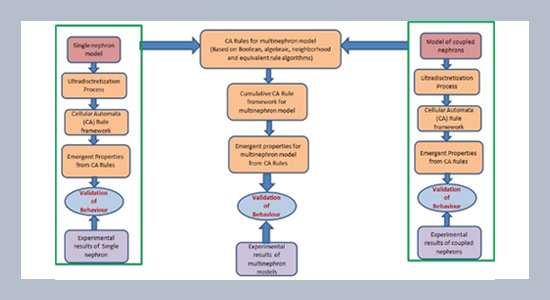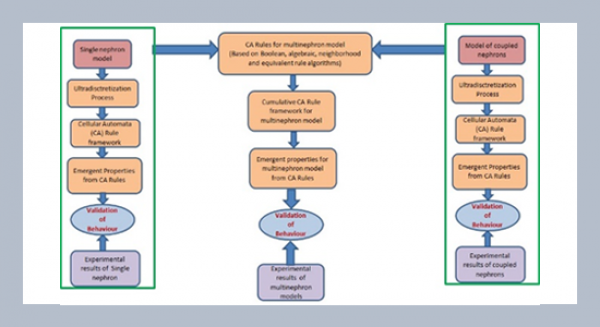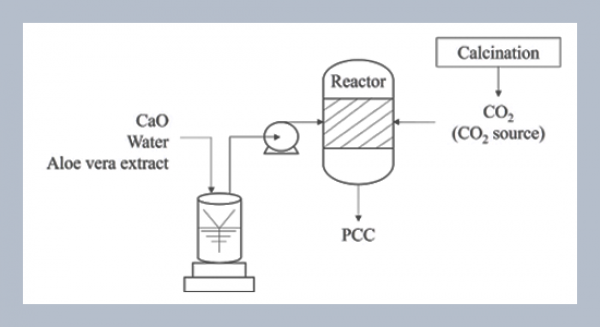Siva Manohar Reddy Kesu1*, Hariharan Ramasangu2 1 Faculty of Engineering and Technology, M S Ramaiah University of Applied Sciences, Bengaluru, India 2 Research Division, Relecura. Inc, Bengaluru, India
Download Citation:
|
Download PDF
Developing a whole kidney model is important for effective diagnostic procedures and treating kidney diseases. The modeling of a multi-nephron network aids in developing the whole kidney model. The key aspect of any nephron model is understanding the pressure dynamics. The governing equations for pressure dynamics in the kidney depend on the number of nephrons and their interactions. There are mathematical models to analyze the local and global behaviors of single and coupled nephrons. It is difficult to formulate governing equations for a whole kidney model. This necessitates the development of simulation models. Even the simulation models have only been developed for 72 nephrons. The complexity is involved in incorporating both local and global behaviors of nephrons. In this paper, a cellular automata (CA) framework has been proposed to study the global behavior of nephrons. The advantage of the proposed CA framework is its scalability and its ability to capture global dynamics without formulating the corresponding governing equations. The limitation of the CA framework is its inability to compare point-to-point local behavior. But the clinical findings suggest that global behavior gives significant information about the kidney. We have developed CA rules for 8-nephron, 16-nephron, 72-nephron and 100-nephron network models considering both rigid and compliance tubules. The CA rules with various initialization schemes produce different evolutionary patterns similar to the emergent dynamical behavior of nephrons obtained from experimental and numerical findings. Evolutionary patterns of the CA framework are related to normotensive and hypertensive pressure dynamics. The in-phase and out-of-phase synchronizations have also been observed in the CA evolutionary patterns. The irregular rhythm of the cardiovascular system may give rise to shock waves in the pressure dynamics of the kidney. This behavior has also been observed in the proposed CA framework.ABSTRACT
Keywords:
Nephron-network, Cellular automata, Hypertension, Emergent properties.
Share this article with your colleagues
REFERENCES
ARTICLE INFORMATION
Received:
2022-05-09
Revised:
2022-11-30
Accepted:
2023-03-11
Available Online:
2023-04-27
Kesu, S.M.R., Ramasangu, H. Pressure flow dynamics in cellular automata based nephron network model. International Journal of Applied Science and Engineering, 20, 2022123. https://doi.org/10.6703/IJASE.202306_20(2).009
Cite this article:
Copyright The Author(s). This is an open access article distributed under the terms of the Creative Commons Attribution License (CC BY 4.0), which permits unrestricted use, distribution, and reproduction in any medium, provided the original author and source are cited.















